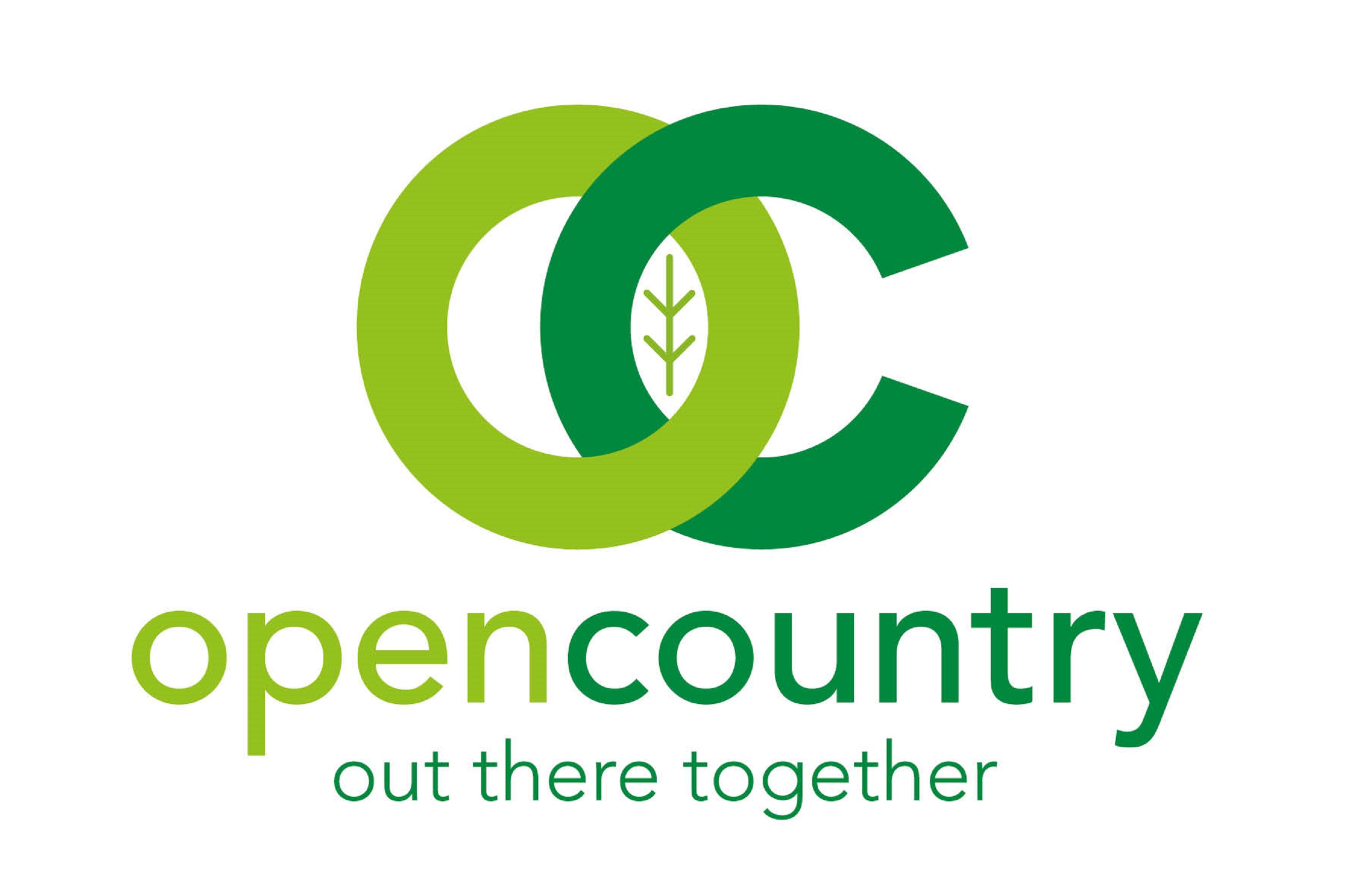Welcome volunteers! Below is our Health and Safety information.
Please click on the links below to read the relevant ‘Risk Assessment & Method Statements (RAMS)’ and ‘Tool Box Talks’ (TBTs) for your volunteer role and sign and date the sheets you have been given.
Many thanks for your time in helping keep everyone safe on activities.
Risk Assessments & Method Statements (RAMS):
A Risk Assessment identifies hazards, decides how likely it is that someone could be harmed and outlines actions to eliminate the hazard or control the risk. Once a Risk Assessment is completed, a Method Statement is a step-by-step guide for the control measures put in place to reduce or remove each hazard.
23. Working with Disabled People
Toolbox Talks (TBTs)
A Toolbox Talk is a bite-sized training document that focuses on safety topics relating to the specific job, such as workplace hazards and safe work practices.
3. Unsafe Acts & Unsafe Conditions
10. Personal Protective Equipment
39. Interpretation Boards & Finger Posts
44. Working Around Trees & Hedgerows
45. Scrub Clearance & Tree Popping
50. Adders & the Danger of Snake Bites
56. Invasive Species: Giant Hogweed
57. Invasive Species: Himalayan Balsam
58. Invasive Species: Japanese Knotweed
61. Leptospirosis (Weil’s Disease)
66. Assisting Wheelchair Users
69. Boarding and Alighting the Minibus (Ambulant Passengers)
